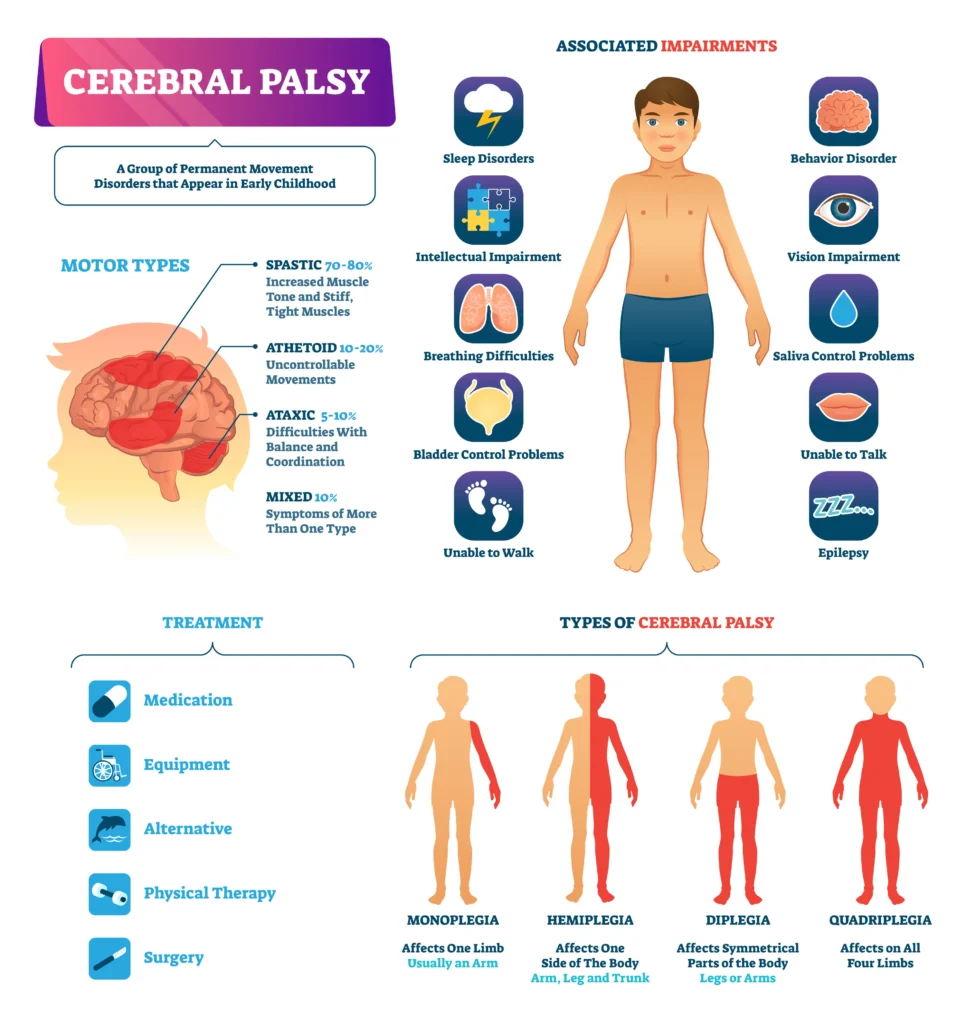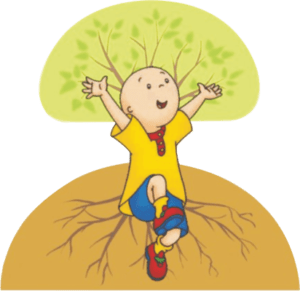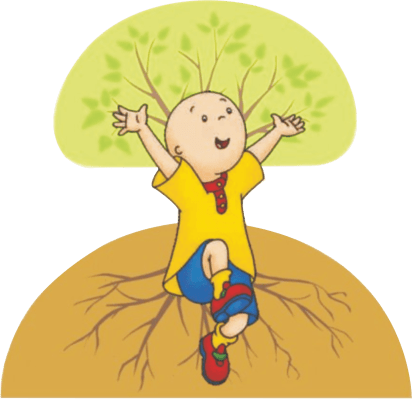Cerebral Palsy

What is cerebral palsy?
Cerebral palsy is a condition in which there may be abnormal brain development or injury to the brain as it develops. This can occur before, during, after birth or during early childhood when the brain is growing. Cerebral palsy in itself is not one specific disease and is an “umbrella term” which applies to a collection of conditions where there is primarily a disorder of voluntary movement and/or co-ordination. Children with cerebral palsy have difficulties in controlling muscles and movements as they grow and develop. The nature and extent of these difficulties may change as children grow but cerebral palsy itself is not progressive: the injury or impairment in the brain does not change.
Cerebral palsy can have mild to severe manifestations. Often Cerebral Palsy does not necessarily incapacitate the patient entirely as part of the brain which controls our thinking is different from the part which controls our movements. Hence many people with cerebral palsy can have normal intelligence inspite of motor and movement difficulties.
Why does cerebral palsy occur?
Cerebral Palsy is not contagious or hereditary. But it can be very difficult for doctors to give an exact reason as to why part of a baby’s brain has been injured or failed to develop. In some instances, there may be no obvious single reason why a child has cerebral palsy. It is generally accepted that causes of cerebral palsy can be multiple and complex which can include following causes and risk factors:
- Very premature delivery
- Infections in mother which affects the baby in womb
- Disruption of blood supply to growing brain of the unborn baby (fetus)
- Lack of oxygen to the brain (asphyxia) related to difficult labor or delivery
- Infections after birth that cause inflammation in or around the brain
- Traumatic head injury to an infant from a motor vehicle accident, fall or child abuse
What are the signs and symptoms of cerebral palsy?
The signs and symptoms vary from patient-to-patient. An important fact is that the child with cerebral palsy often show delay in reaching developmental especially motor milestones.
A child over 2 months with cerebral palsy might:
- Have difficulty controlling head when picked up
A child over 6 months with cerebral palsy might:
- Continue to have a hard time controlling head when picked up
- Reach with only one hand while keeping the other in a fist
- Have stiff legs that cross or “scissor” when picked up
A child over 10 months with cerebral palsy might:
- Crawl by pushing off with one hand and leg while dragging the opposite hand and leg
- Early hand preference (Normally only comes after 2 year age)
- Not sit by himself or herself
A child over 12 months with cerebral palsy might:
- Stiffness in arms and legs
- Not crawl
- Not be able to stand with support
A child over 24 months with cerebral palsy might:
- Not be able to walk
- Not be able to push a toy with wheels
Associated Difficulties
Depending on the precise area of the brain that is affected, there may be associated difficulties which become obvious during development; for example, in vision, hearing, learning and behaviour. Some patients can also have conclusions.
What is the treatment?
There is no cure as such for cerebral palsy but physical therapy is one of the most important treatments and can help the child to achieve his full potential. Medicines, surgery, and special equipments are also often required.
Cerebral Palsy associations (for getting more information):
Indian Cerebral Palsy Association: www.cerebralpalsyindia.com
SCOPE, UK: www.scope.org.uk

